Cenco is focused on safe installations with trained crews. Each and every time! Come see our crews in action across the Front Range.
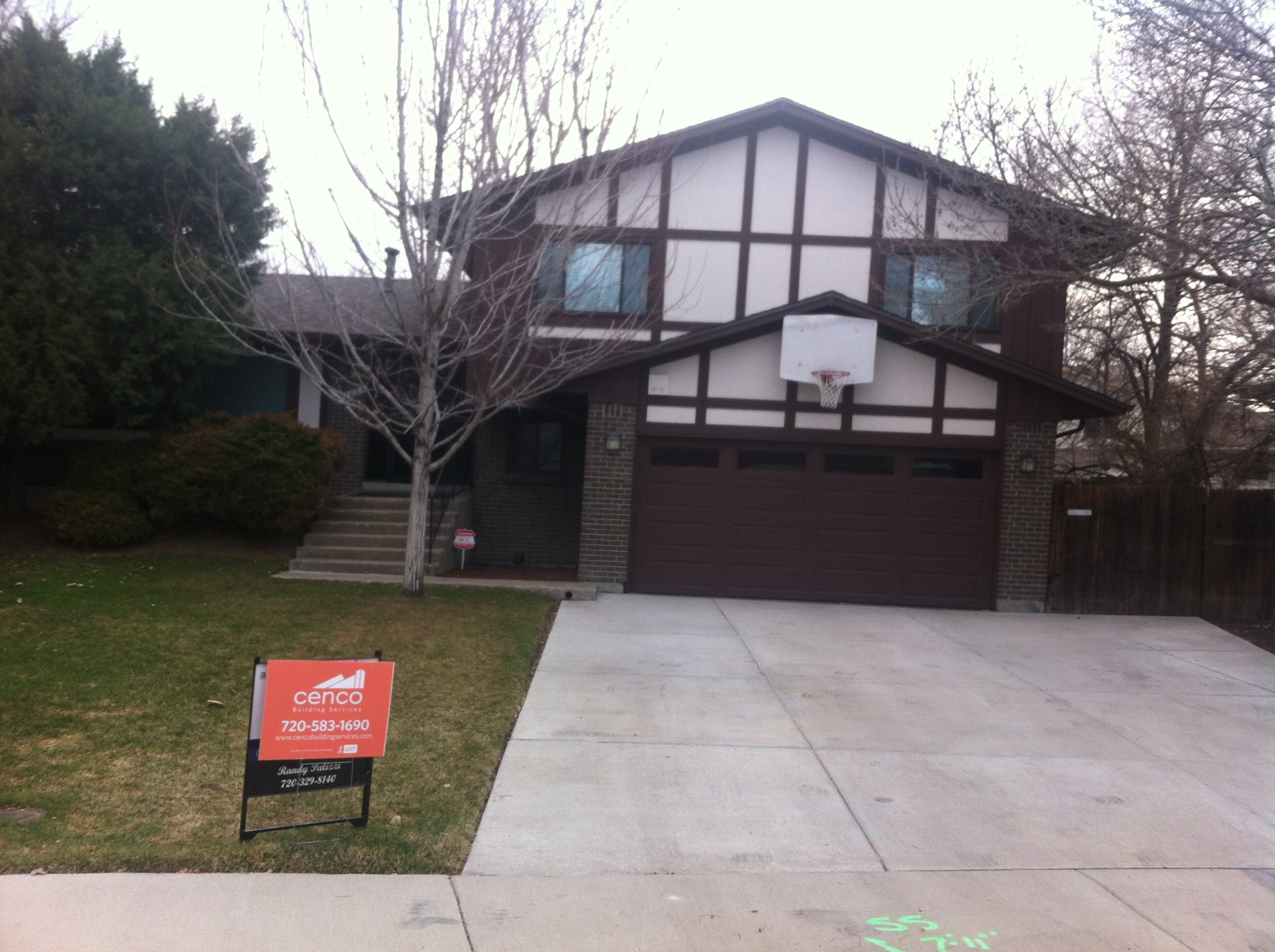

Cenco is focused on safe installations with trained crews. Each and every time! Come see our crews in action across the Front Range.
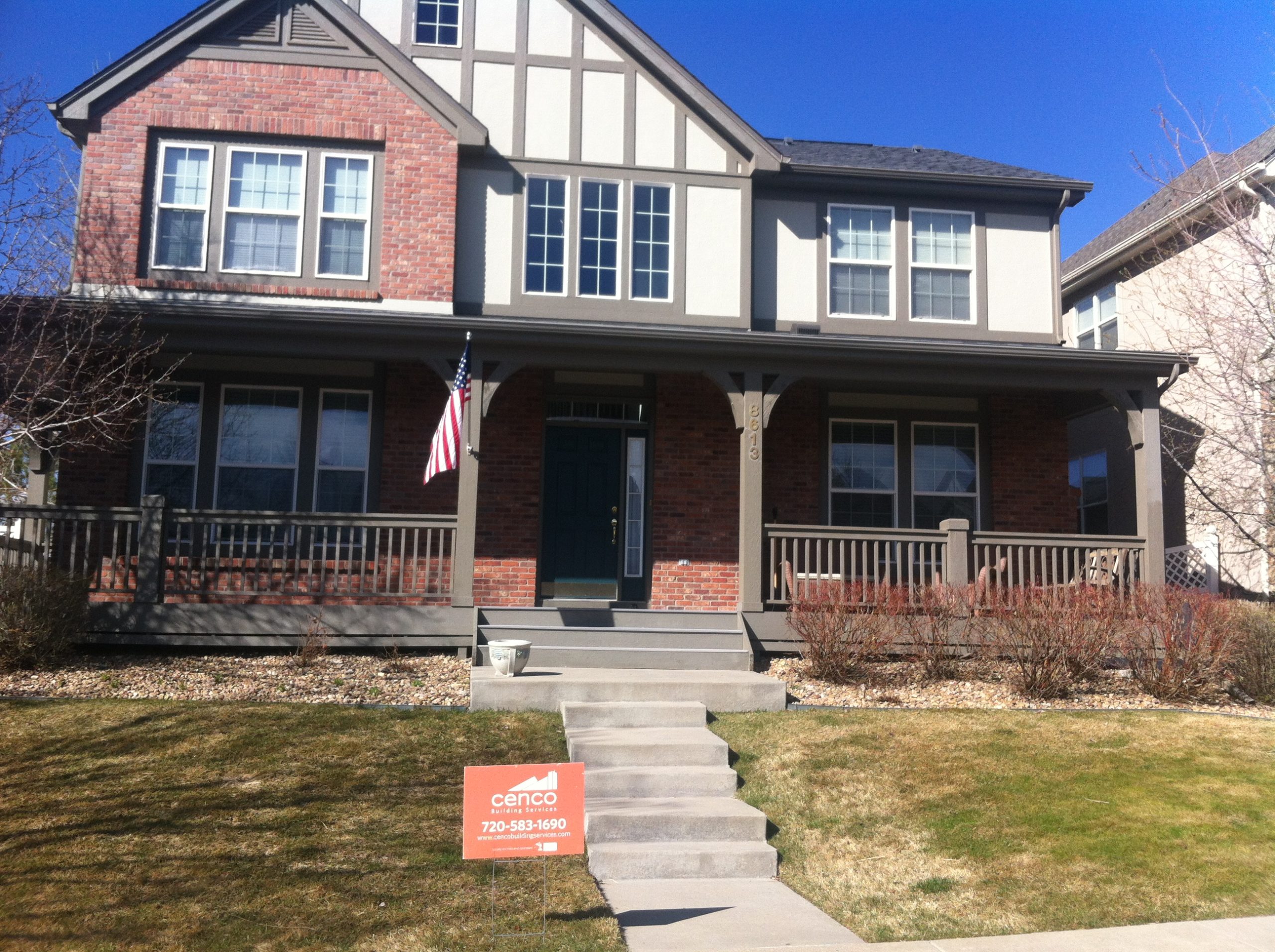
Safety First Every Day at Cenco Building Services!
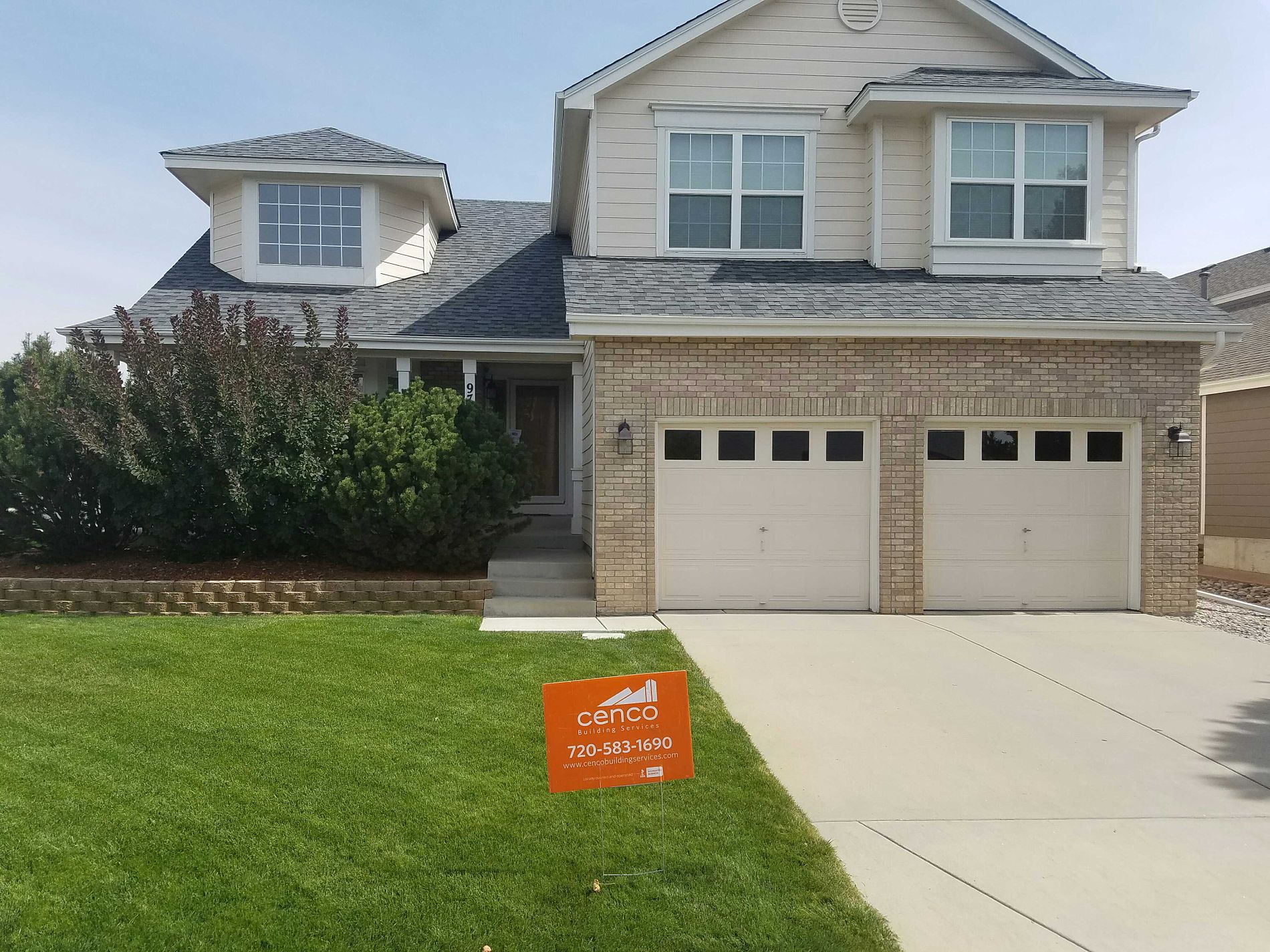
Cenco is happy to host samples of our work every day in our communities across the front range. Watch the video below to witness our crews in action.Roof Installation – Cenco Building Services
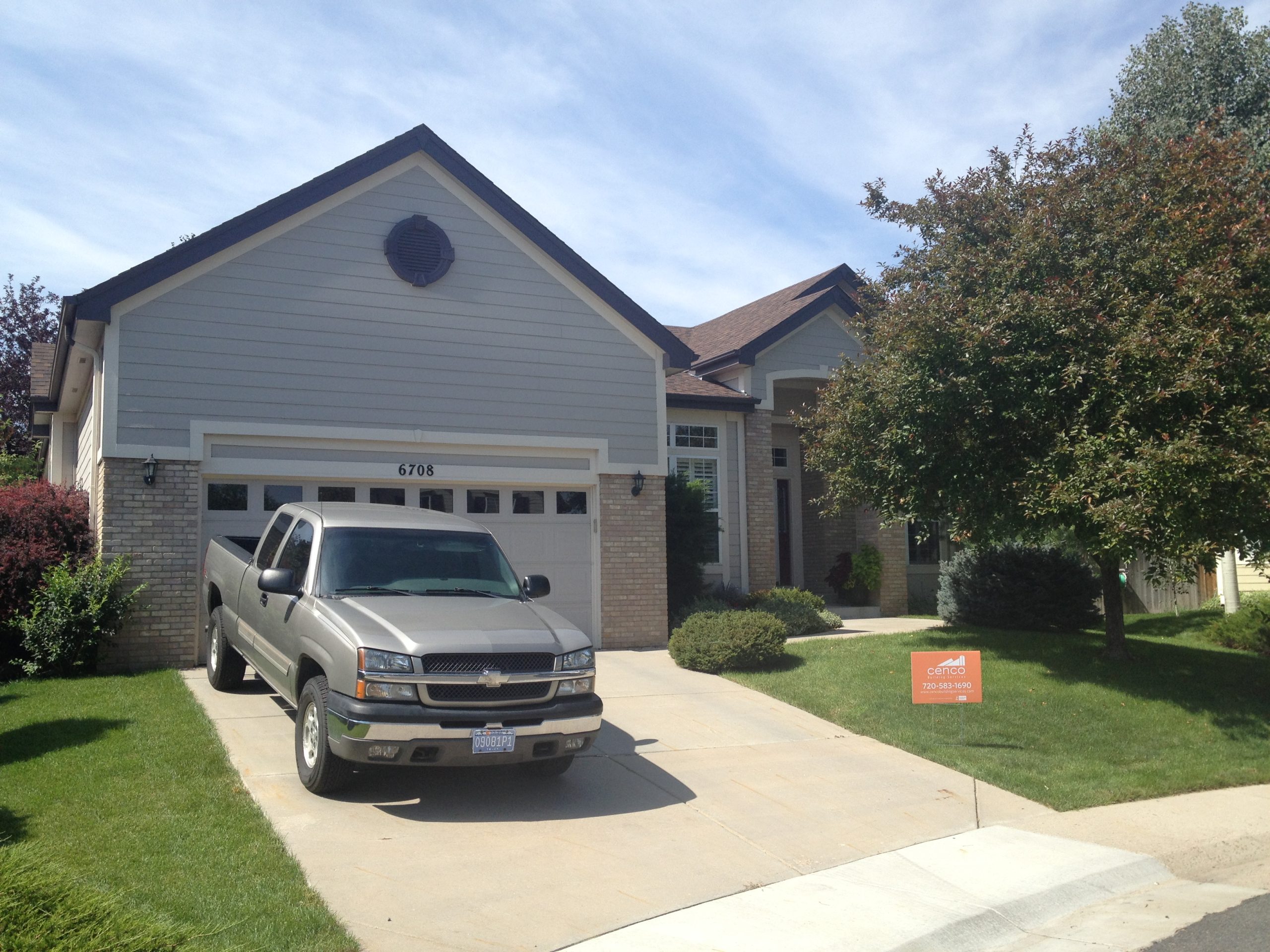
In 2013, Cenco Building Services began providing professional and reliable roofing services in Denver and throughout Colorado. Over the past five years, our locally owned and operated business has grown into more than just a basic roofing company. We are proud to say we are a team of expert roofers with a commitment to excellence that has earned us a place as a premier Colorado roofing company. To celebrate 5 years as your local Colorado roofers, let’s take a look at a few of the ways we set ourselves apart from other roofing companies in the region. Impressive Industry Accolades and CertificationsOur licensed and insured roofing experts have worked diligently over the past five years to provide our customers with unsurpassed service, and we’re proud to have earned numerous accolades and certifications for our continued dedication to quality, including:Owens Corning Roofing Platinum Preferred ContractorGAF Certified InstallerBBB-Accredited Company with an A+ RatingColorado Roofing Association MembershipGuildQuality MembershipNational Roofing Contractors Association MembershipNational Storm Contractors Association MembershipLocally Owned and Community ProudOur locally owned Colorado roofing company has more than 25 years of combined experience within our team of local inspectors, adjusters, designers, and installers, and our highly trained employees understand the unique requirements of Colorado roofing systems. We also take pride in supporting organizations in our community, donating 2% of all of our profits to charities such as Habitat for Humanity and the Mercy Center.Guaranteed Hail Damage ExpertiseWe all know that snow is inevitable in Colorado. In fact, we see an average of 64 inches of snow per year. In 2017, Denver experienced a disastrous hailstorm that caused $1.4 billion in damage. As the only company in Colorado that is licensed for hail-related roof inspections, we are the premier choice for guaranteed expertise when it comes to hail damage, as well as roof repairs of any extent–weather-related or otherwise.We Treat Your Home As If It Were Our OwnFrom our quality products designed to stand up to the harsh weather in Colorado to quick and efficient repairs to protect your largest investment, we strive to provide a professional and enjoyable experience from start to finish. A few more benefits of choosing Cenco Building Services for your residential roofing or commercial roofing needs include:Free, Accurate EstimatesCompetitive PricesFlexible Financing OptionsImpressive WarrantiesWith our free roof inspections, planned replacements, preventative maintenance, and emergency repair services, Cenco Building Systems remains dedicated to keeping your property in pristine condition for years to come. Thank you for a wonderful five years, and we look forward to serving your roofing needs for many more! Call us today to learn more about our roofing services in Denver or fill out our simple online contact form now to request a free, no-obligation estimate.
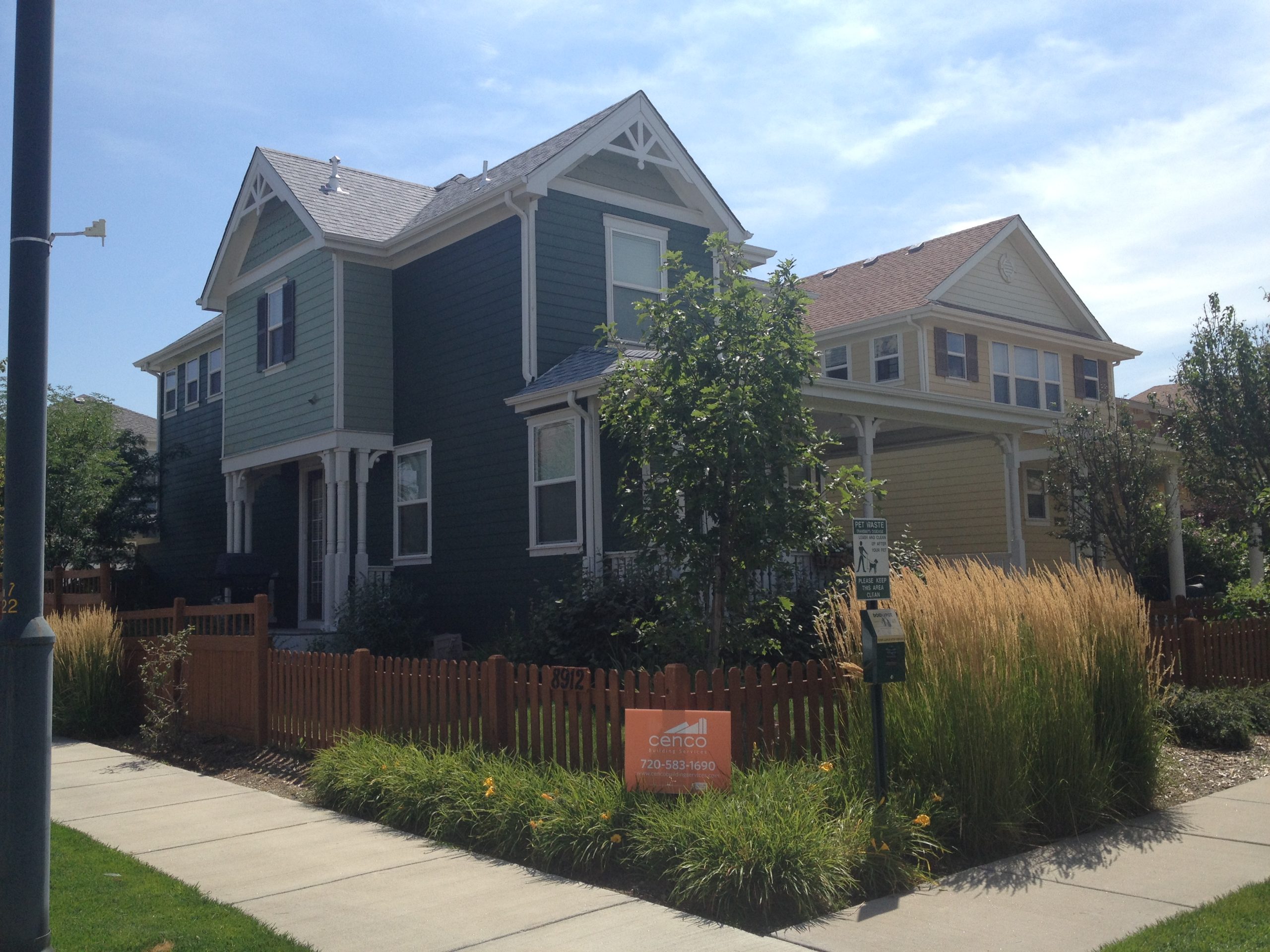
Thanks to the Owens Corning team for hosting our ‘On The Job’ training day at their shingle production facility in Denver. We strive to be better every day and share that knowledge with customers. Kudos to Geoff Bloom and the OC team for sharing their time and expertise as we train for success! Cenco is a proud, platinum preferred roofing contractor always delivering roofing systems with best practices in mind. Even if you do not purchase or upgrade to the Owens Corning Platinum Preferred Warranty (which is currently free with the purchase of a new roofing system), Cenco will still install your roof based upon Owens Corning’s platinum preferred standard. Your satisfaction is our guarantee!
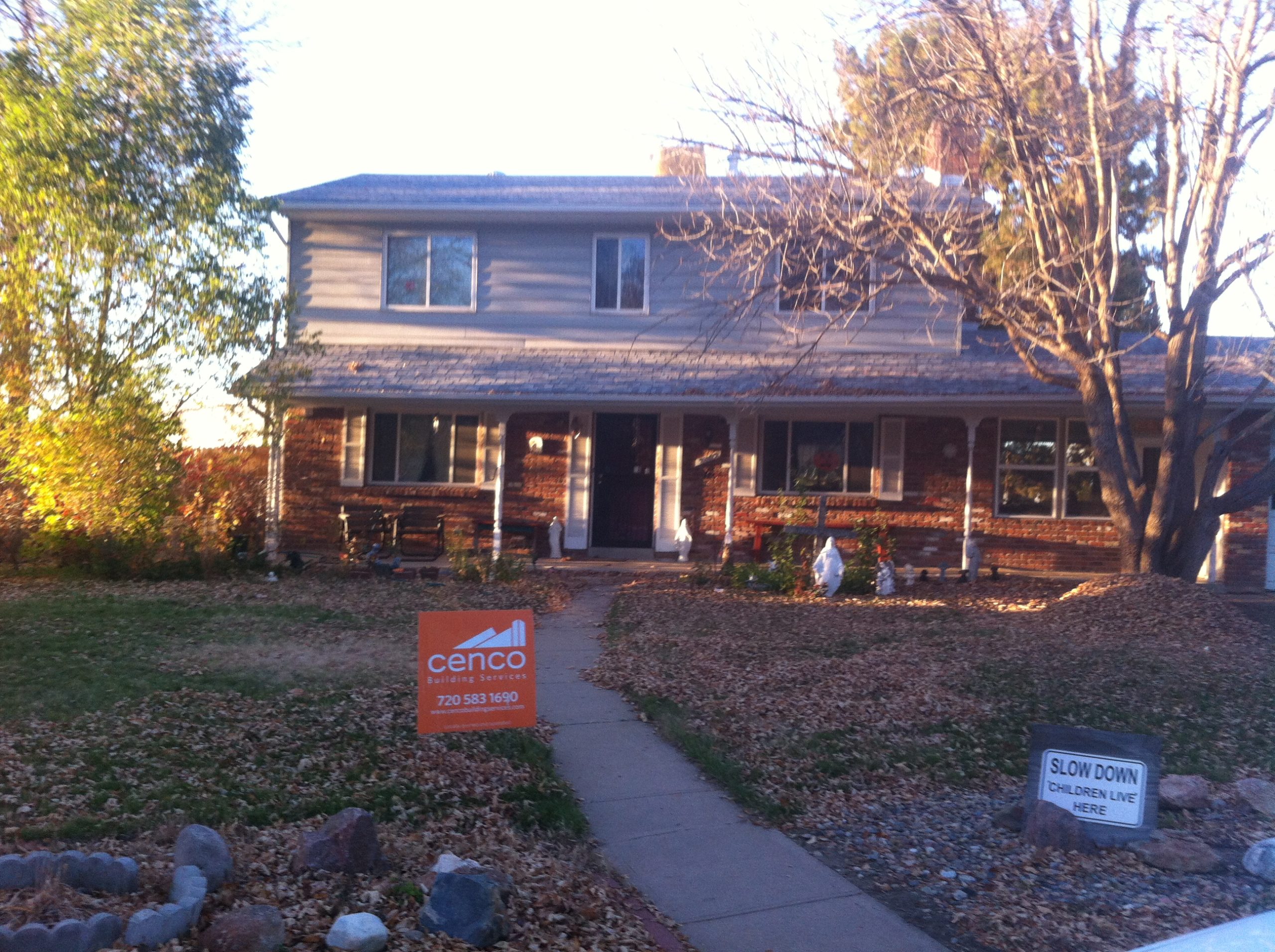
No matter where you live, the weather plays a large role in your life. From determining what you wear to affecting the condition of your home. For that reason, you should always educate yourself and monitor its changes. The following are just a few weather-related things that you should keep in mind and how they can affect the roof on your house.
While Denver is fairly dry throughout fall and winter, May and June create the ideal environment for hailstorms. The huge pieces of hail and strong winds can harm your roof in a matter of seconds. When this occurs, you shouldn’t hesitate to contact roofers in Denver to get the problem fixed before the rain gets in your home and creates a bigger problem.
It’s no surprise that the winters in Denver can get downright chilly. It’s common for temperatures to dip below zero, which can make it difficult to keep your home cozy. With proper insulation and roofing installation techniques, roofing contractors can help make your home more comfortable and easy to heat even when the temperature’s reach record-breaking lows.
Many people think that Denver is far enough away from Tornado Alley, so they never worry about the possibility. However, Denver has seen its fair share of destructive tornados. Even if your home doesn’t get hit directly by a tornado, the strong winds can create damage to your roof. The best thing that you can do to protect yourself is to make sure that you maintain your roof to withstand the weather.
On average, Denver experiences its first snowfall far earlier than other major cities in America, excluding those in Alaska, and the snow can fall as late as mid-June. Over time, accumulated snow can really start to wear on your roof. In some circumstances, it can be gradual over several seasons, but in times when the snow never seems to cease, the weight can be too much for aging roofs to stand.
Even though Denver gets incredible amounts of snow and cold weather, the summers can be just as extreme. In fact, the dry summers combined with high temperatures can create the ideal climate for horrific wildfires. Although, you are more likely to struggle with keeping your home cool rather than battling fires. Fortunately, the right Denver roofing materials can reduce your cooling bills when temperatures reach above 100 degrees Fahrenheit.
If you have a weather-damaged roof or want to improve its efficiency for a more comfortable home year-round, we encourage you to reach out to Cenco Building services for all of your roofing needs. You can call our roofing company in Denver find out more about our replacement and repair services or fill out our online form to request your complimentary project quote.
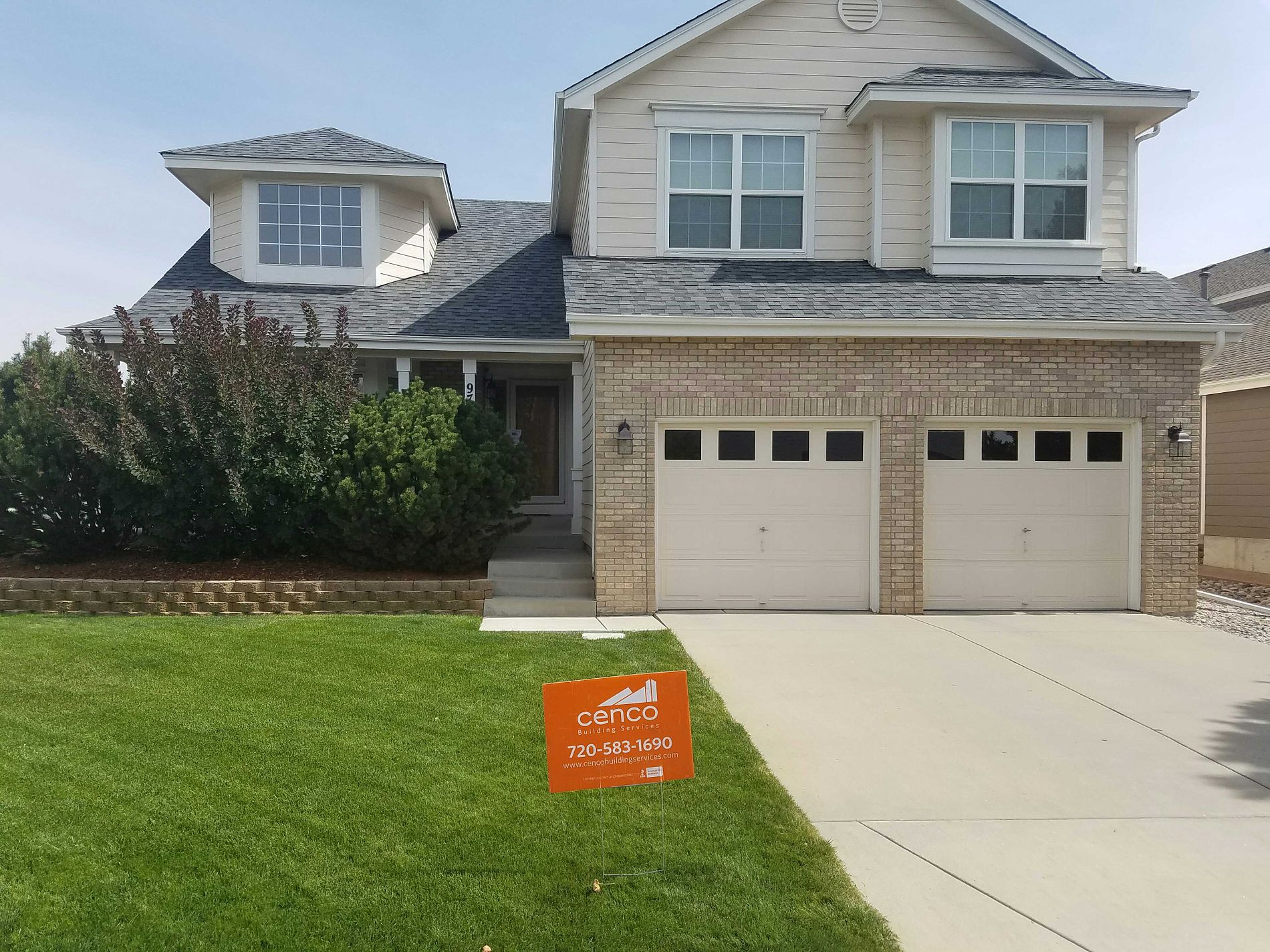
A roofing company will typically jump at the opportunity to evaluate roofs after a hail, snow or wind storm. Oftentimes, storm chasers or door-to-door roof salesmen will begin knocking on doors the day after a damaging storm has moved through an area. At Cenco Building Services, we don’t send out canvassers or roofing salesmen to assess roof damage. The Cenco Building Services team consists of licensed adjusters and general contractors that examine an entire property, including the roof, as would be required of an insurance adjuster after a storm. Due to our unique professional experience, we ensure a comprehensive, honest inspection with candid feedback and written documentation that is will be accepted by your insurance carrier. Since most property owners are unaware of what an adjuster looks for when examining a home after a storm, it important to understand the adjuster’s role: To establish whether covered peril damage exists, and document the extent of that damage under the policy coverage. In the case of hail, they are look to document the SIZE, FREQUENCY, and DIRECTIONALITY of the hail and what it damaged at the property. The following list provides six (6) signs of damage that indicates repair or replacement is warranted: Excessive granule loss: While granule loss alone, even in large amounts, does not justify repair or replacement, it signals that the lifetime of the roof may have been compromised. Missing and/or damaged shingles: A requirement for covered peril damage is that the functional utility of a shingle has been diminished on the roof’s surface, either from hail (ruptured matting) or wind (missing or broken shingles). Dented vent housing: The metal roof vents, also referred to as box or turtle vents, may have sustained dents, which are used to demonstrate the size and frequency of hail for claims. Damaged gutters: Similar to excessive granule loss, damaged gutters provide an indication of the size, frequency and directionality of hail and indicates compromised functional utility. Collateral Damage: Other items on the exterior of the structure will also be examined and documented, including damage to paint, trim, HVAC units, windows, screens, fences and personal property. The goal is to establish and document credible signs that explain to the claims department of the insurance carrier the nature and extent of damage at your property. Signs of leaks: An adjuster will look for signs of leaks, such as peeling exterior paint under roof eaves, curling or buckling of shingles, damaged or rusted flashing, and roof rot. You may also notice leaks on the interior ceiling that will present as dark spots which may or may not be accompanied by peeling interior paint.
Understanding what constitutes a covered peril is the first step in having your property evaluated. This determines whether or not it is even appropriate to file a claim at your property. The next best step is to call Cenco Building Services. We send out licensed independent adjusters to perform every inspection to ensure proper inspections are conducted and documented. In the event damage is discovered, our experienced staff will walk you through the claims process with your insurance company. Schedule your no-obligation roof evaluation today by calling (720) 583-1690 and learn how easy and stress-free it can be to work with the Cenco Building Services team!
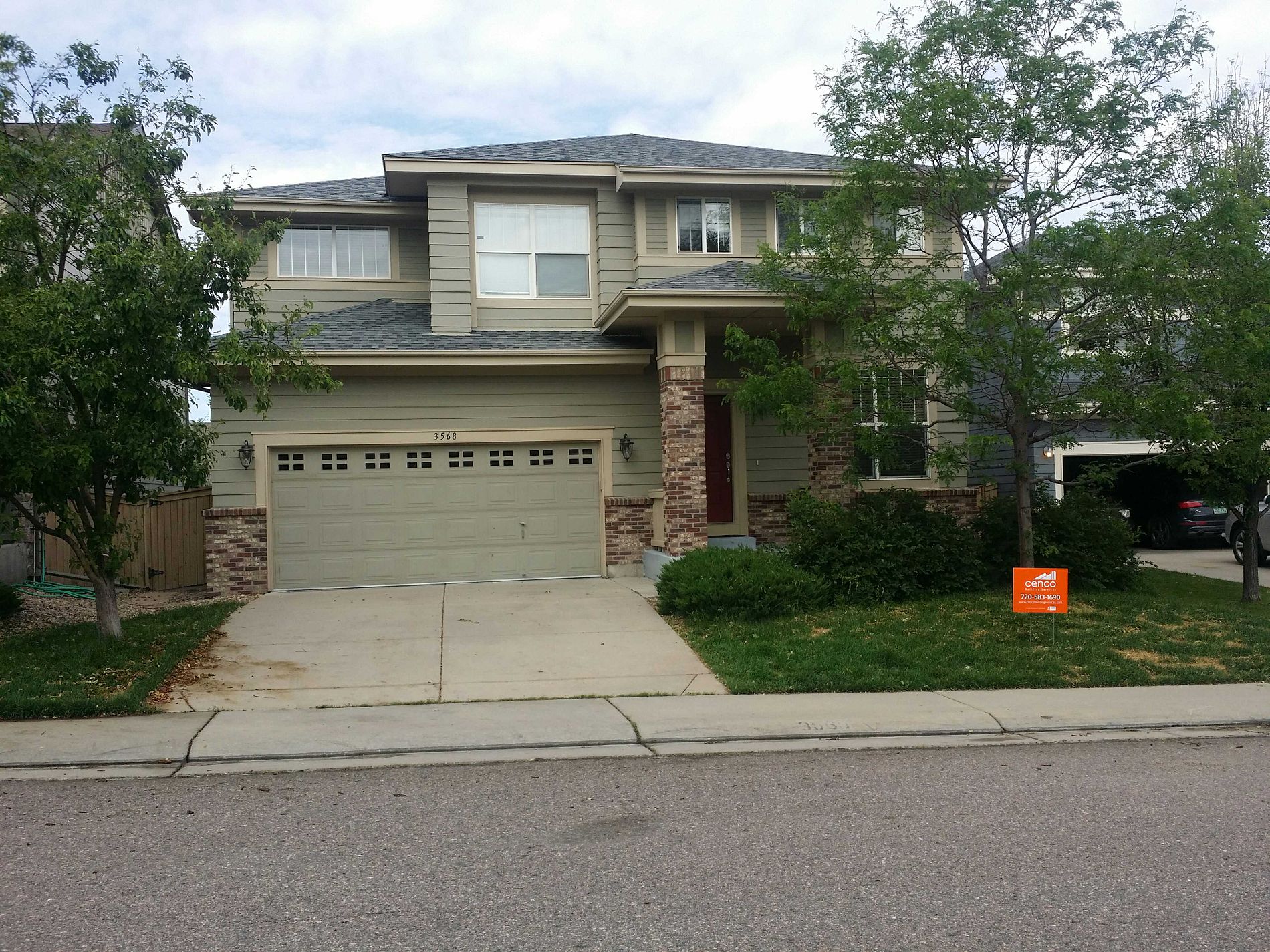
With the sudden flash of sporadic spring storms that offers little warning of the impending hail , you may find yourself wondering how you can protect your roof from hail damage before the next storm swiftly hits. At Cenco Building Services, we understand the extensive damage that Colorado hail storms can cause to a roof as our specialists also live and work in Denver. Unlike the “storm chasers” that knock on your door after hail has made its mark on our community, the Cenco Building Services is fully licensed, insured and bonded Denver roofing company, which means our specialists must provide superior, quality service to every client to ensure complete satisfaction, favorable reviews and repeat business. As part of our commitment to protecting the roofs of Denver Metro residents from hail damage, we hold firm that belief that you as a homeowner must be made aware of how to protect your roof from hail damage. Hail, which is literally blocks of ice, can range in size from a pea to golf ball. When a home is not protected by an impact-resistant roof, it cannot withstand the force of the hail. Many Denver homeowners falsely believe that smaller hailstones cannot cause damage to the integrity of a roof, which is true if you have an impact-resistant roof. However, with lower quality roofing materials that are not manufactured to stand against the battering of hail, even small stones can scrape away at the covering on the roof shingles. When high winds accompany the hail, the roof damage is blatantly visible with granules scattered on porches and, possibly, sections of shingles lying on the ground. The best way to protect your roof from hail damage is to have Cenco Building Services inspect the condition of your roof and offer a recommendation as to whether your roof is in need of replacement due damage, age and/or shoddy materials. Our specialists will assess your roof as an insurance adjuster would assess it, not as a salesman. We understand that your insurance company must visually inspect your roof and approve the report we submit, so our roofing specialists do not exaggerate the damage in an attempt to garner a higher claim for the roof replacement. Cenco Building Services is an honest, forthright company that works to get you the best roof that your insurance company will approve in a timely manner. When you choose Cenco Building Services for your roofing repair needs, you can be certain we were still be in Denver to stand behind our workmanship long after the storm is over and we’ve completed your roofing project. At Cenco Building Services, we focus on servicing Denver Metro area residents with their roofing, restoration and remodeling needs, so contact us today by calling (720) 583-1690.
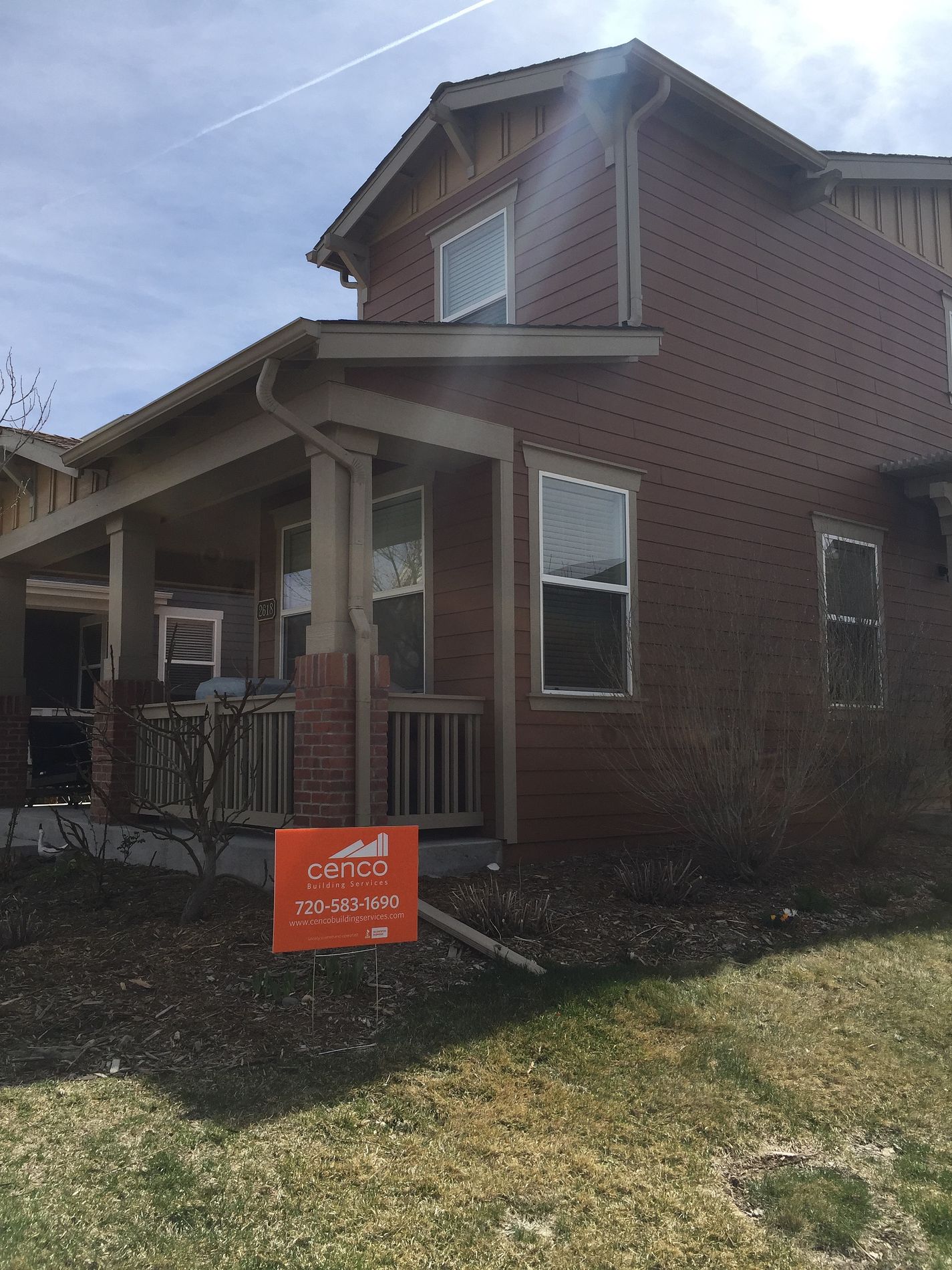
“Don’t worry about it… it’s an act of God claim. It won’t affect your insurance anyways.” In the aftermath of natural disasters, such as hail or windstorms, you often similar things from roofing salesmen out drumming up new business on the street. But what is an Act of God from the point of view of your insurance company? A recent article on CBS News put it this way: “”Acts of God,” for insurance purposes, are defined as events that occur through natural causes and could not be avoided through the use of caution and preventative measures. In essence, the phrase “Acts of God” refers to natural disasters.” In theory, barring putting a bubble around your house there is nothing you could have done to protect your home….right? Wrong. Remember that insurance is all about shared risk. Some of that risk comes from a profile of you and your home, and how you contribute to the risk pool. Anything you might do (overflow the bathtub, create a fire in the kitchen) that makes you more risky runs the risk of upsetting the applecart. But part of that shared risk is also where you live, and what might be expected to happen there. A snowstorm in Phoenix, and subsequent ice damage, is very unlikely, so due to extremely low risk, it may or may not be considered an “Act of God” and may or may not be excluded in your policy. If you live in Denver, where hail is prevalent, you better believe that Hail has been addressed as a policy component and calculated into the shared risk in your policy (either through rates or policy endorsements). Rather than devolving to the “Act of God” discussion, it is more helpful to discuss with homeowners any actual damage and how their behavior in response to it might affect their coverage. For example:
So how can you make sense of it all when a roofing salesman knocks on your door?Here are five helpful tips to follow:
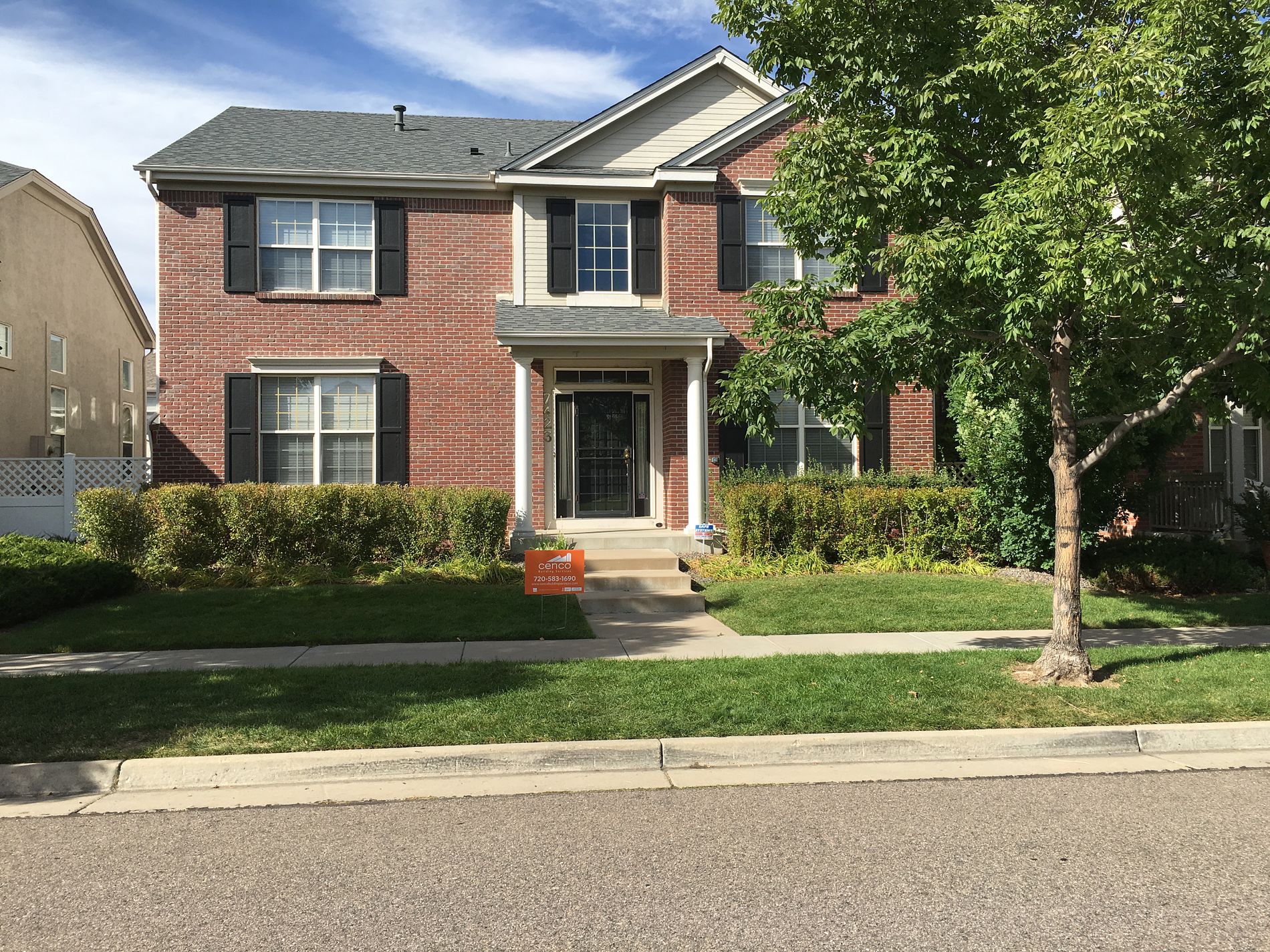
If your roof is leaking, there’s a good chance a simple patching is all that would be required to fix the problem. Unless your roof is older or was severely damaged in a natural disaster, a full roof replacement often it is not necessary. If you’re like most homeowners, you’re probably concerned about cost of such a job and want to know: What are typical costs for roof repairs?
First and foremost, accurate roof repair estimates require an up-close and in person examination of your roofing system. This will require determining the type, age and condition of the shingles, ridge and valleys on your property. But it also requires careful examination of the flashings, ventilation system, any structural items that affect the roof longevity, as well as the interaction with drainage and HVAC systems. It is best to have a trusted, licensed professional conduct this type of inspection for appropriate feedback. You can make an educated guess about repair costs from common material and labor averages:
The typical repair costs for one square foot of asphalt roofing ranges from $100 to $350.
The typical repair costs for one square foot of shake roofing ranges from $200 to $400.
The typical repair costs for one square foot of tile roofing ranges from $200 to $800.
The typical repair costs for one square foot of asphalt roofing ranges from $100 to $350. The typical repair costs for one square foot of shake roofing ranges from $200 to $400. The typical repair costs for one square foot of tile roofing ranges from $200 to $800. Of course, the cost to repair your own roof will depend on the size of the area that needs to be repaired, the type and style of product, and the complexity of the repair.
Additional factors may affect the final price of your roof’s repair include:
Flashing: This is the vinyl or metal stripping that acts as a sealed barrier between roofing and skylights, chimneys, ventilation exhausts and siding on multiple level roofs. Flashing may also be used and required where the roofing slopes into a valley, as well as to ensure water runs into the gutter system. Flashing repairs or replacement can run anywhere from $50 to $500 depending on the location and complexity of the repair.
Roof pitch: Your roof pitch may also affect the price of repairs. Homes with moderate pitched roofs are the cheapest and easiest to repair. Flat roofs with no pitch, as well as steep roofs will cost more to patch due to the complexity of completing the repairs.
Materials: The cost of matching materials is the single biggest cost-factor. Asphalt composite shingles are the least expensive option. Cedar shakes and cedar shingles are more expensive, followed by concrete tiles, stone coated steel and standing seam metal roofing. Synthetic composite products and natural slate products are the most costly to repair or replace.
Debris removal: Whether patching a small or large area of your roof, debris will need to be removed and disposed. Roofing companies factor removal costs into their estimates. Removal fees include the cost to remove, haul and dispose of materials at a landfill.
Permits and fees: In addition to the actual costs of repairs, you may also need to pay for permits. The roofing company will make arrangements to secure the permit on your behalf, but you will be responsible for paying the fees for it.
Flashing: This is the vinyl or metal stripping that acts as a sealed barrier between roofing and skylights, chimneys, ventilation exhausts and siding on multiple level roofs. Flashing may also be used and required where the roofing slopes into a valley, as well as to ensure water runs into the gutter system. Flashing repairs or replacement can run anywhere from $50 to $500 depending on the location and complexity of the repair. Roof pitch: Your roof pitch may also affect the price of repairs. Homes with moderate pitched roofs are the cheapest and easiest to repair. Flat roofs with no pitch, as well as steep roofs will cost more to patch due to the complexity of completing the repairs. Materials: The cost of matching materials is the single biggest cost-factor. Asphalt composite shingles are the least expensive option. Cedar shakes and cedar shingles are more expensive, followed by concrete tiles, stone coated steel and standing seam metal roofing. Synthetic composite products and natural slate products are the most costly to repair or replace. Debris removal: Whether patching a small or large area of your roof, debris will need to be removed and disposed. Roofing companies factor removal costs into their estimates. Removal fees include the cost to remove, haul and dispose of materials at a landfill. Permits and fees: In addition to the actual costs of repairs, you may also need to pay for permits. The roofing company will make arrangements to secure the permit on your behalf, but you will be responsible for paying the fees for it. There are several factors to consider when estimating the cost of roof repairs. A simple patch may only cost $100 to $200, while a larger, more complex job may cost close to $1,000. A licensed professional roofer can provide you with an accurate estimate after seeing the roof first-hand.